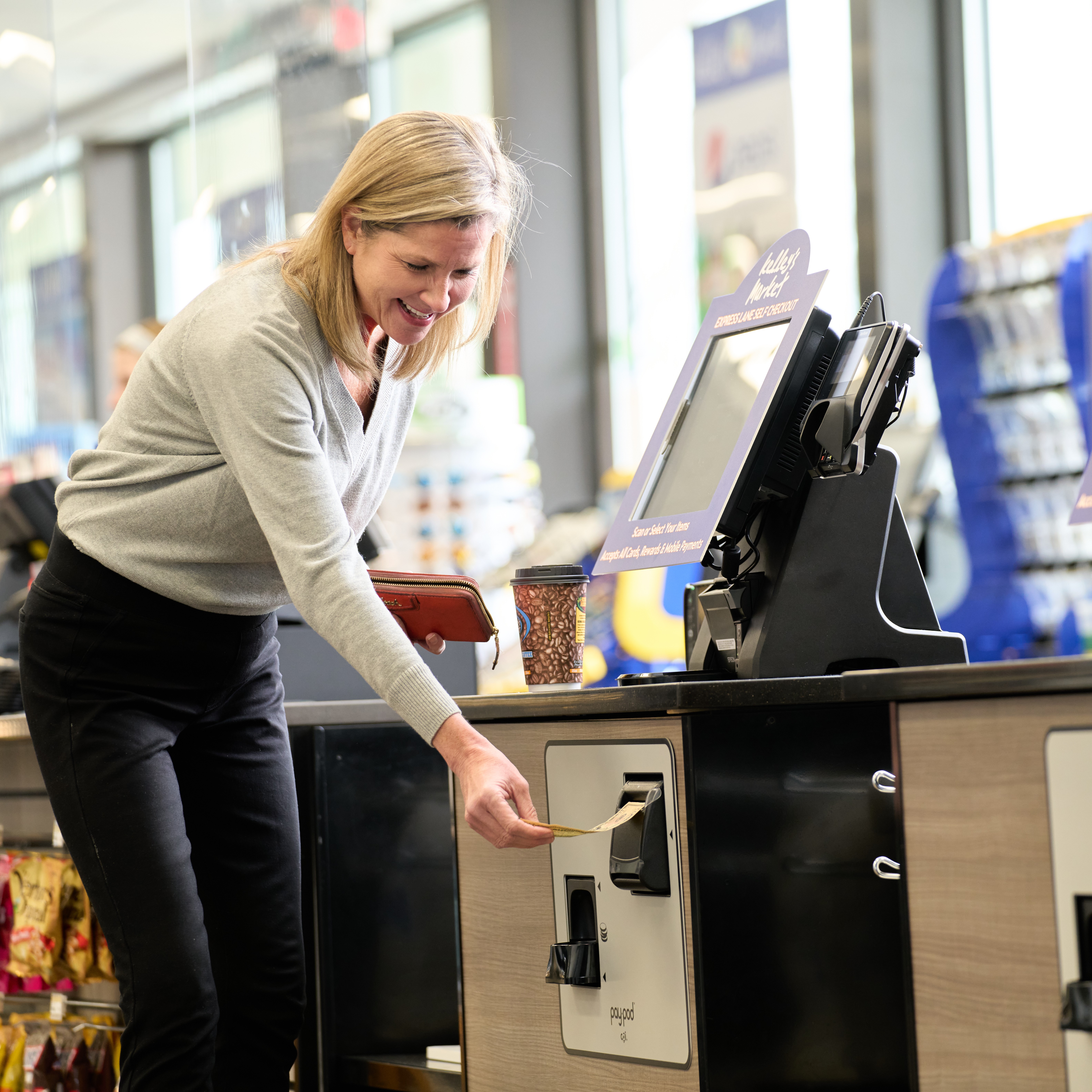6th November 2023
The role of cash automation in the modern economy
Two major innovations are currently transforming the cash economy. These are cash digitization and payment automation. The former seeks to create an ‘on ramp’ to the digital economy, especially for the unbanked, who are estimated to exceed 1.3 billion people, while the latter is rapidly making cash services more accessible, improving security and helping move cashiers and cash handlers up the jobs ladder to more value-adding functions.
 TRANSACTION AUTOMATION: SELF-SERVICE IS TRANSFORMING THE GLOBAL ECONOMY
TRANSACTION AUTOMATION: SELF-SERVICE IS TRANSFORMING THE GLOBAL ECONOMY
Self-service technologies are transforming how we buy goods and services in many parts of the world. In North America, it is common to see traditional checkout lanes closed, while shoppers queue behind self-checkout kiosks. Adaption to tight labor markets is only part of the picture. The notoriously thin margins typical for supermarkets mean that the faster the checkout process the higher the store’s profits. Self-checkout (accepting both cash and card) have been shown to speed the purchasing process. That is good for a store’s bottom line and appreciated by busy customers.
CPI PROCESS 4 BILLION PAYMENT TRANSACTIONS EVERY WEEK
Examples of self-service abound, spreading to include bill payment terminals, transit ticketing, amusements and games, food and beverage and banking and ATMs that are becoming increasingly multi-functional. We know this because Crane Payment Innovations process transactions across all of these diverse industries across the globe, averaging approximately 4 billion transactions every week.
PROBLEMS SOLVED, OPPORTUNITIES SEIZED
These technologies provide ‘24/7’ service to clients, improve cash security, detect and reject counterfeits, reduce human error and enable employees to move from cash handlers into more value-adding and fulfilling roles. In fact, cash recyclers, machines that verify, accept and return banknotes and coins as change, are increasingly on the rise. These systems provided by companies like CPI have offered strong profit and higher quality consumer experience returns for large retailers for several years. Today, companies like CPI with a deep knowledge of banknote design and innovative hardware and software are making self-service solutions a common sight in large and medium sized businesses.
A CASH ON RAMP TO THE DIGITAL ECONOMY
How about digitization? Let’s look at one of the most famous, cash alternative payment methods, M-Pesa.

In countries all around the world, there are people who do not live close to or have easy access to banking services; many are under- or unbanked without any access to banking. In Kenya entrepreneurs there proposed a solution, M-Pesa a smartphone-based money exchange system that began to open up financial services nationwide to all sectors of the economy. Adopted by cash agents and shops due to its ease of use and low-cost entry, shops began to use M-Pesa as an overnight safe, e.g., when commercial banks closed before agent shops concluded their daily business.
Today a new phase of efficiency and convenience is arising as automation of cash digitization overtakes manual transaction and removing the limits imposed by the business hours of shops and cash agents. In this way the promise of 24/7 access to services, increased cash security and counterfeit identification and avoidance of labor constraints are addressed.

AS SELF-SERVICE OPTIONS INCREASE, SO TOO WILL ATTEMPTS TO DEFRAUD THEM
Recognizing that businesses large and small will continue to invest in payment automation increasing the number of self-service options, so too will attempts to defraud them. Therefore, to enable innovation and capitalize on the efficiencies and convenience of cash digitization and payment automation, ensure your currencies are future ready. Providing effective counterfeit deterrence for both people and machines is critical, especially as self-service kiosks increasingly return to consumers banknotes accepted for payment as change. For these reasons, central banks are advised to seek modern security features that ensure both machine security as well as easy public authentication.